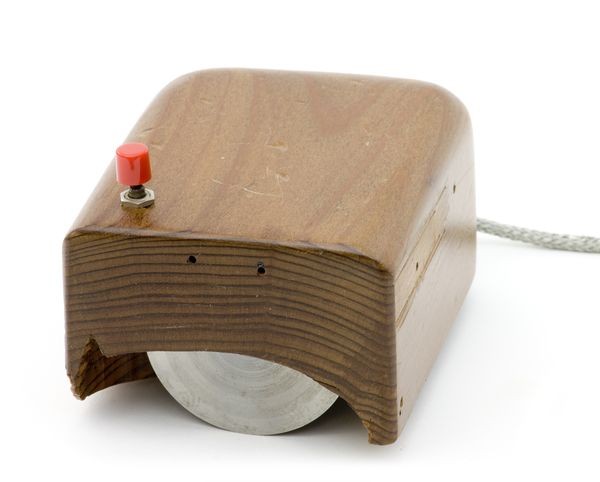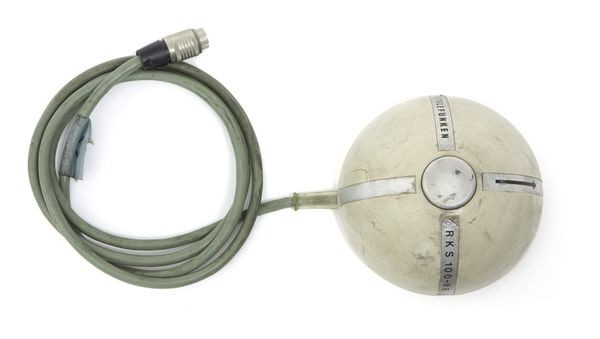1952 – The Very First Trackball
![TECHNOLOGY] History of the Mouse - ProEdit](https://proedit.com/wp-content/uploads/2013/10/1952.jpg)
The Royal Canadian Navy developed the initial device using hand motions to manipulate a cursor. Its primary feature consisted of a bowling ball incorporated into specific hardware. The hardware monitored the balls directional movement, translating it into onscreen actions. Since the projected was classified no patents were filed.
1963 – First Handheld Mouse

A significant technological breakthrough occurred with the development of a device by Douglas Engelbart, which is now widely regarded as the forerunner to the modern computer mouse. This innovative device was ingeniously designed, incorporating two wheels that effectively captured movement data along two separate axes. Remarkably similar in function to today’s standard mouse, this early version was also designed to be operated by hand, embodying the handheld feature that is characteristic of contemporary mice. This invention marked a pivotal moment in the evolution of computer peripherals, laying the foundational design for future advancements in user interface devices.
1968 – First Mouse to use a Trackball

The German company Telefunken released the first trackball based mouse eloquently named the Rollkugel or “rolling ball” in English. This mouse used a scaled down version of what the Canadian Navy had been working on in 1952, its design had a single button and was used for drawing vector graphics.
Early 1980 – The first Optical Mouse
Attempting to fix the shortcomings of mechanical mice Xerox had created an improvement over the now widely accepted trackball mouse. Using LED’s and optical sensors in tandem with its grid printed mouse pad this mouse could detect movement and translate it to the screen.
1983 – The First Consumer Mouse

The Apple Lisa released for $10,000 and came packaged with their own mechanical mouse. This mouse used a heavier metal trackball and used only a single button.
1984 – The First Wireless Mouse
Using infrared signals Logitech made a mouse that could communicate to a computer without the need of a direct connection to the machine, however it need need to be in the receivers line of sight to work.
1991 – First Radio Signal Mouse

After launching the first wireless mouse Logitech released the Cordless MouseMan, this mouse used radio signal to communicate with its receiver. This made it so you can use the mouse while the receiver’s view is obstructed.
2004 – First Laser Mouse

Logitech released the MX1000 which used lasers for tracking, this allowed for better and more precise tracking on different surfaces.
